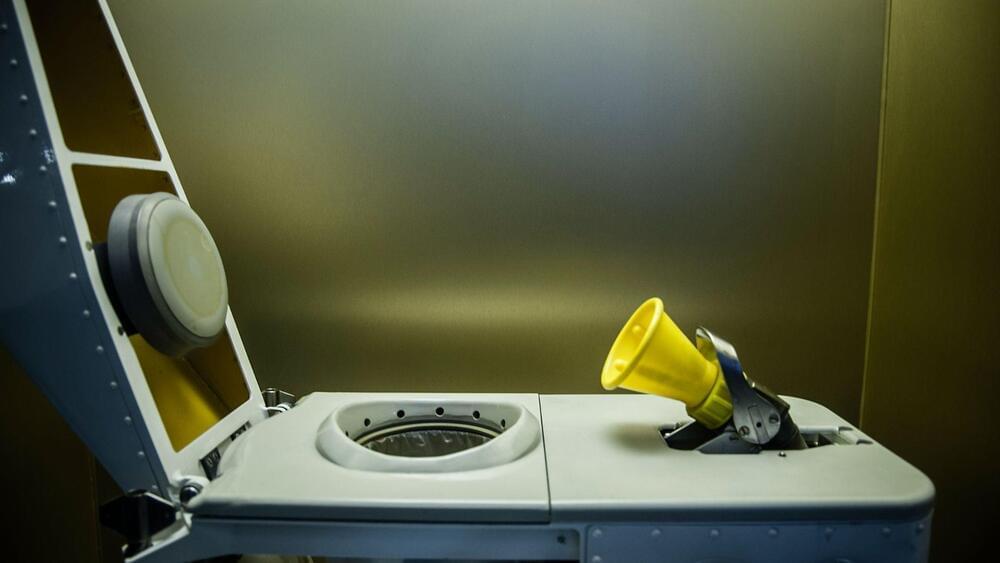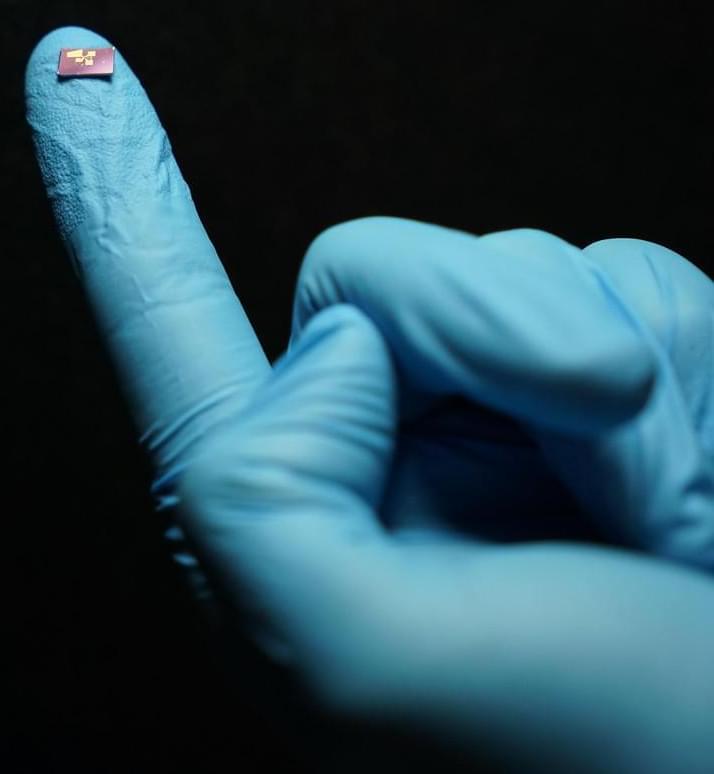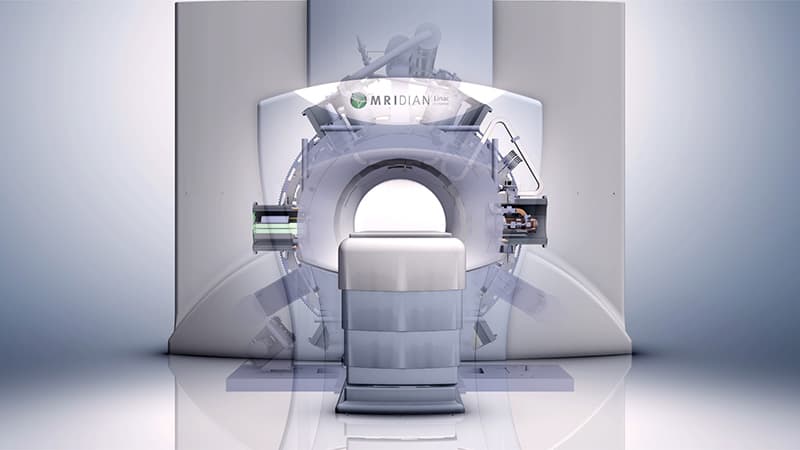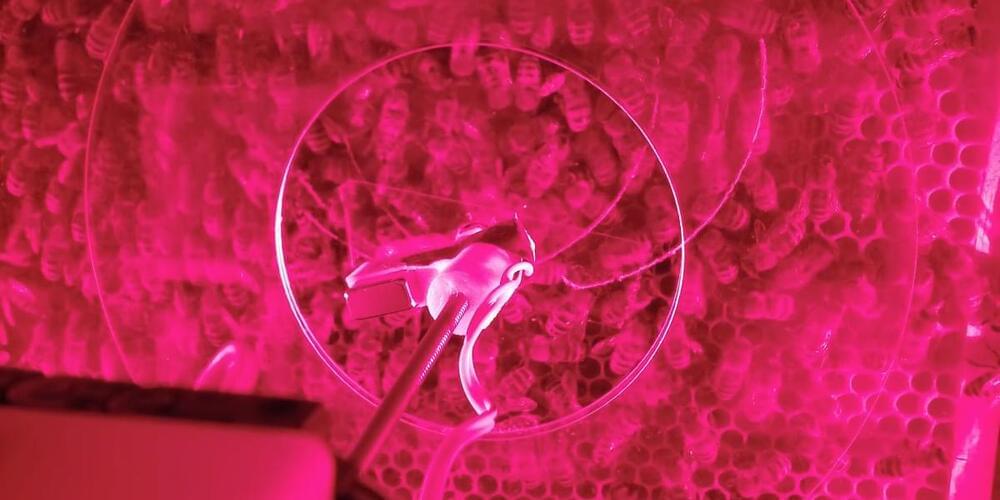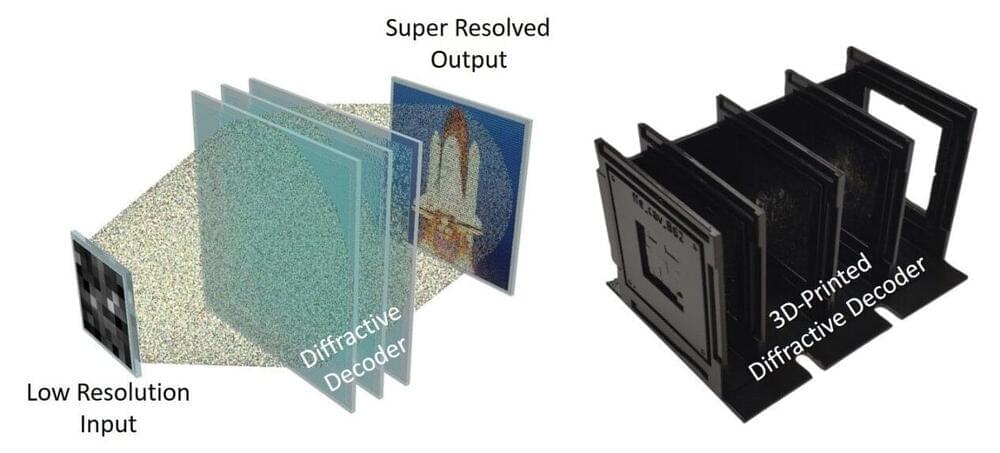Dec 6, 2022
Microphone-equipped toilet will detect diseases and give you advice
Posted by Gemechu Taye in categories: biotech/medical, food, robotics/AI
The microphone sensor can classify bowel diseases using machine learning.
There are many diseases that could potentially be detected through human waste. One such infection includes cholera. Cholera is a bacterial disease.
Cholera is spread through contaminated food and water. Large epidemics that spread the bacterium are related to fecal contamination of water or food. It can sometimes be spread through undercooked shellfish and other seafood-related infections, as well. is spread through contaminated food and water. Large epidemics that spread the bacterium are related to fecal contamination of water or food. It can sometimes be spread through undercooked shellfish and other seafood-related infections, as well.
